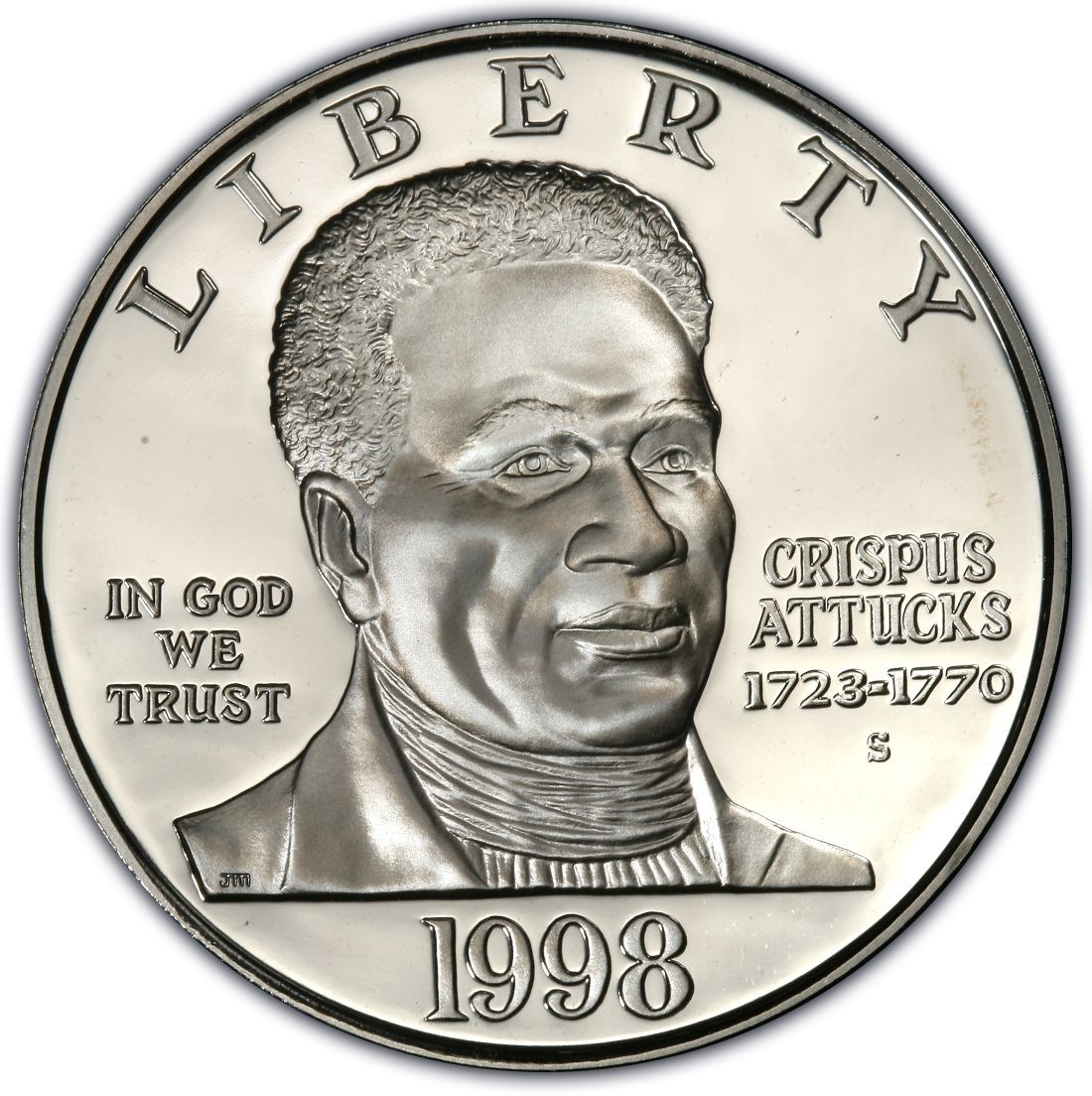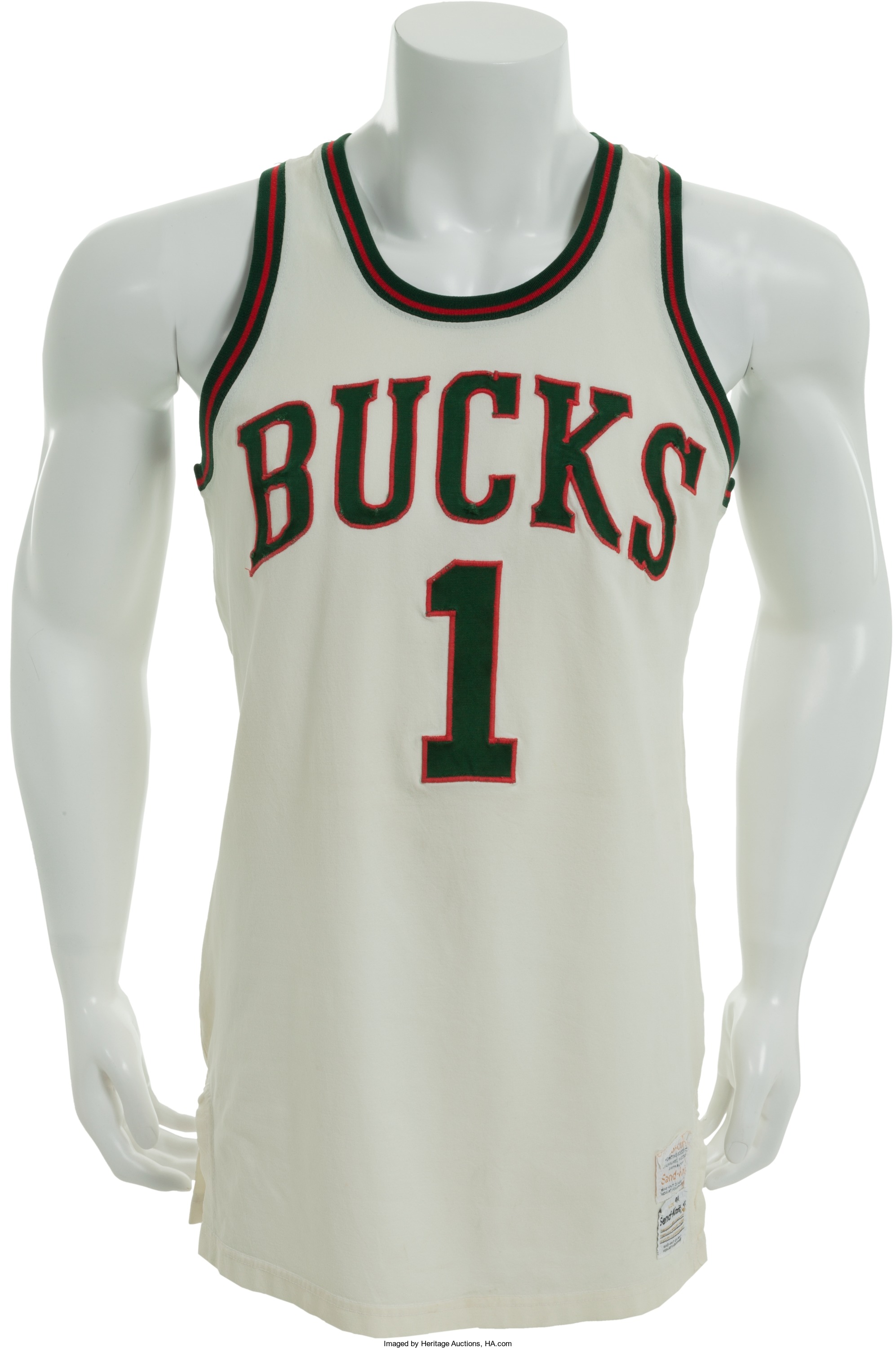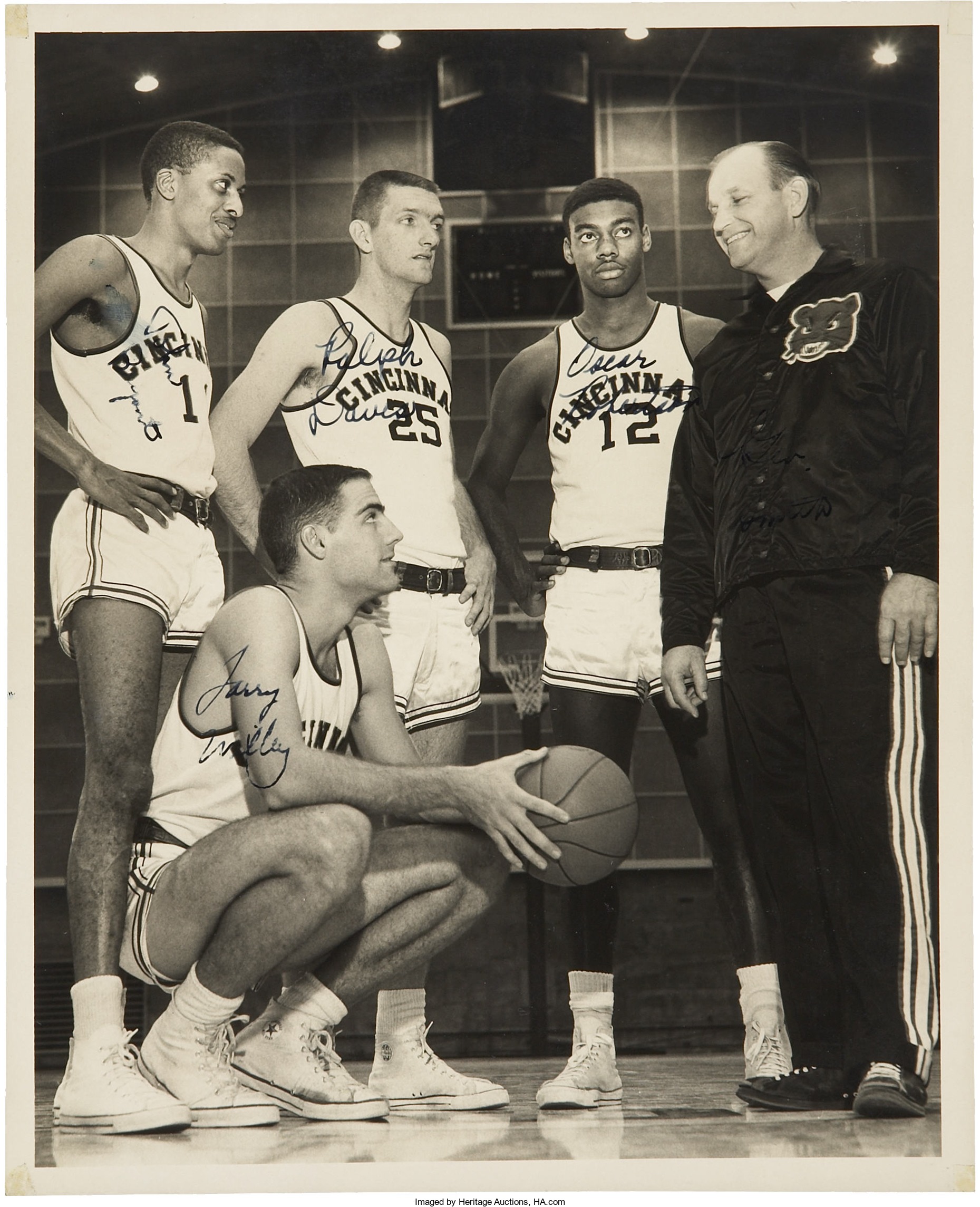
By Jim O’Neal
A friend, Oscar Robertson, NBA Hall of Fame player, gained notoriety in 1955 by leading Crispus Attucks High School to the Indiana state championship, becoming the first all-black school in the nation to win a state title. In 1956, Oscar and his teammates won the state championship again, and this time they became the first Indiana high school to complete a season undefeated.
Crispus Attucks was the first person killed in the Boston Massacre (March 5, 1770) and many consider the former slave the first casualty of the American Revolution. In the 1850s, he became a martyr for the abolitionist movement. His probable mixed-race heritage – African and American Indian – allowed both African Americans and Native Americans to leverage his fame in their struggles for justice.
Despite the many eyewitness accounts, scholarly research and dozens of highly acclaimed books, this period is filled with alternate versions and is a continuing source of debate and uncertainty.
A common denominator in many of the high-profile events of the era is the city of Boston, with the Stamp Act of 1765 being a convenient place to start. This was an egregious act of the British Parliament putting a tax on all printed matter – newspapers, books, playing cards and legal documents. It aroused a storm of protest in all the colonies, with Boston’s reaction particularly violent. A Stamp Act administrator was burned in effigy and a mob ransacked the governor’s mansion.
Parliament repealed the Stamp Act, but insisted they maintained the right to pass laws regulating all trade and issuing new taxes at will. This caused protests that were even more violent and into this highly volatile situation, Britain landed 4,000 troops in Boston, strictly “in anticipation of a crisis.”
By 1770, Boston was in an economic decline and the population of 15,000 was smaller than 30 years earlier in 1740. There was continual competition for scarce resources and tensions between British troops and citizens continued to increase. Finally, an argument over payment for a haircut escalated into an angry mob that challenged troops stationed at the Customs House.
The people taunted the soldiers with “Fire! Fire! Fire! We dare you to fire!” At some point, an order was given and they shot into the crowd. Four people were killed and several others wounded. The next day, British Captain Thomas Preston and a small group of soldiers were arrested and taken to Queen Street jail to await trial. Future President John Adams and Josiah Quincy Jr. agreed to be their lawyers. A little-known fact is that four citizens were accused of shooting into the crowd, but they were found not guilty along with all but two of the British soldiers.
Then came the famous Boston Tea Party (1773), when colonists dressed as Indians destroyed 342 chests of tea on three ships in Boston Harbor after the British Parliament levied taxes on tea and granted a monopoly to the British East India Company. All the elements were in place for a war and it lasted for seven years.
The 35 years from 1765 to 1800 are some of the most interesting times in American history and will continue to attract scholarly research and an unending parade of books. However, few have the insight of Pulitzer Prize-winning historian David McCullough, who has said, “We can never know enough about the American Revolution if we want to understand who we are, why we are the way we are, and why we’ve accomplished what we’ve been able to accomplish that no other country has.”
I agree.
 Intelligent Collector blogger JIM O’NEAL is an avid collector and history buff. He is president and CEO of Frito-Lay International [retired] and earlier served as chairman and CEO of PepsiCo Restaurants International [KFC Pizza Hut and Taco Bell].
Intelligent Collector blogger JIM O’NEAL is an avid collector and history buff. He is president and CEO of Frito-Lay International [retired] and earlier served as chairman and CEO of PepsiCo Restaurants International [KFC Pizza Hut and Taco Bell].


